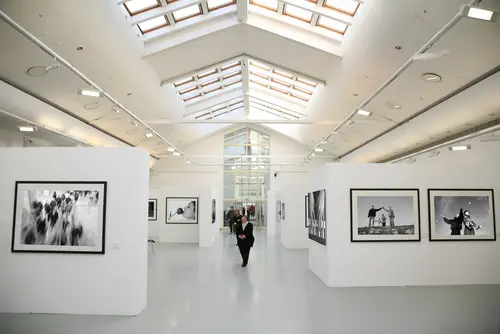There are more than 40 million senior citizens over the age of 65 living in the United States. According to the U.S. Census Bureau, this number is expected to be more than 88 million by 2050, making the need for adequate lighting fixtures in nursing homes greater than ever. As of 2008, there were more than 900,000 people across the country living in assisted living settings and that number is only going to get bigger.
Lighting design can significantly impact the quality of life among those living in nursing homes and other assisted living facilities. Light-emitting diodes (LEDs), photosensors and occupancy sensors can provide a more comfortable living experience for the older population, according to EDC Magazine. Poor lighting is commonly associated with an adverse environment and can often create a dungeon-like mental image for residents.
Light can impact human health performance by four main parts, according to "The Impact of Light on Outcomes in Healthcare Setting" by the Center for Health Design. These four mechanisms include enabling performance of visual tasks, controlling the body's circadian system, affecting mood and perception and facilitating direct absorption for critical chemical reactions within the body.
Eyes undergo changes when people age and the elderly may have difficultly when it comes to distinguishing colors, so they need three times the amount of light to see than younger people. However, their eyes are highly sensitive to glare. When deciding on a new lighting design, keep in mind that the elderly's mood and sleep cycles can be affected by poor lighting.
Indoor LED lighting can help improve the quality of life for senior citizens in assisted living centers and increase the impact lighting has on health and comfort.
Museum lighting
Another facility that requires in-depth lighting design is museums. There are a number of challenges presented when it comes to lighting a museum including the presence of light-sensitive artifacts, the visual accessibility of exhibit objects, the enhancement of architectural space, energy efficiency and adequate lighting for the safety and security of guests and employees.
While addressing any challenges designers may face when it comes to museum lighting, they must also make sure the lighting is esthetically pleasing to the eye of guests and ensure that the lighting isn't too dim or too bright, the source stated.
According to EDC Magazine, Richard Skinner from the Smithsonian Institution's Arthur M. Sackler Gallery and Freer Gallery of Art in Washington, D.C. said LEDs offer increased energy efficiency and reduced maintenance.
"We have found that when we used LED rather than incandescent light sources for wall lighting in exhibit galleries, the result is significantly reduced maintenance and more than 40 percent reduction in energy consumed, without any compromise to the appearance of installations," said Skinner. "We are also getting very good results with LED conversion in the museum shop, art storage areas, offices, corridors, etc."
When looking for an LED light or manufacturer, do adequate research and look for designs used in other places, according to the magazine. If completing a retrofit, make sure the new LEDs are compatible with the fixtures already installed as well as electrical controls. Museum lighting designers must used a variety of lighting techniques to get desired results so it is important to select the proper lighting.





